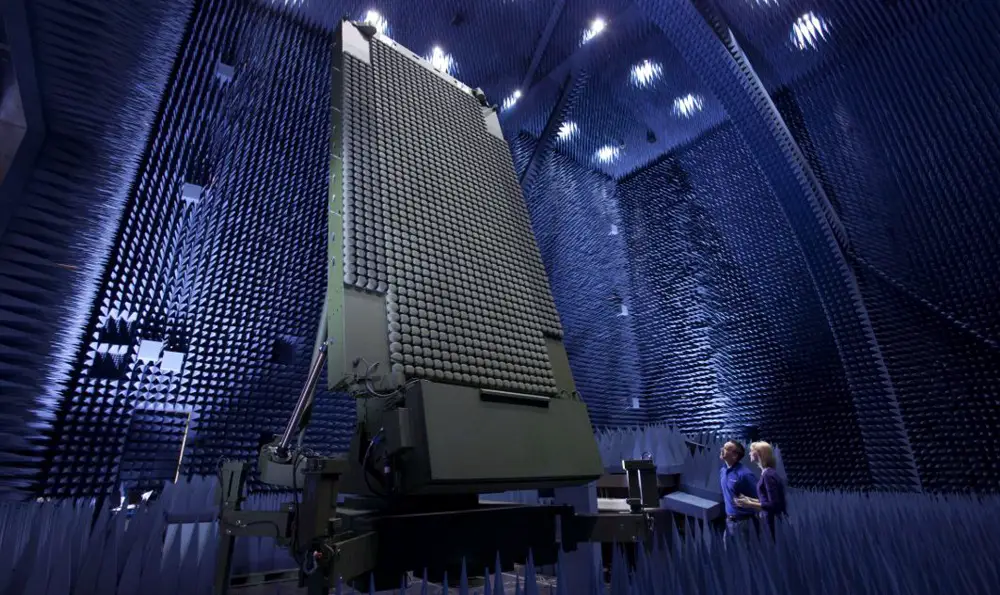The world’s most advanced and capable transportable or fixed air defense long-range radar, Lockheed Martin’s first AN/TPY-4 radar – recently selected by the U.S. Air Force for the Three Dimensional Expeditionary Long Range Radar (3DELRR) Rapid Prototyping program – has completed production marking availability to the world. The technology that enables TPY-4 provides the capability required for today’s threats and unprecedented flexibility to adjust quickly to those that emerge over time. In March, the U.S. Air Force selected the TPY-4 radar as the best radar for the 3DELRR program.
“Lockheed Martin is committed to investing in advanced defense technology, and the TPY-4 radar is a direct result of those investments. TPY-4 meets the needs of a rapidly changing battlefields, marked by technological growth and the emergence of increasingly challenging threats,” said Rick Herodes, Director of Ground Based Air Surveillance Radars at Lockheed Martin.

The 3DELRR contract includes production options for 35 long-range radar systems, planned to reach Initial Operational Capability. In July 2021, the radar received official nomenclature from the U.S. Government and Kongsberg Defence & Aerospace (KDA) delivered the Platform Electronics Subsystem (PES) for the first TPY-4 radar. The Lockheed Martin and KDA partnership leverages Lockheed Martin’s state of the art radar technology and KDA’s experience in defense industry solutions, resulting in a next generation sensor that meets and exceeds current long range surveillance requirements.
TPY 4 is intentionally designed as a multi-mission system capable of tracking current and emerging threats, and will integrate seamlessly into existing air defense systems. TPY-4 is an internationally available, transportable, multi-mission radar that can operate in contested RF environments. The radar integrates the latest mature commercial technologies to create a revolutionary radar architecture. The radar system is fully digital at every transmit/receive element with an unprecedented software-defined sensor architecture, allowing the radar to quickly adjust to tomorrow’s threats and missions.















